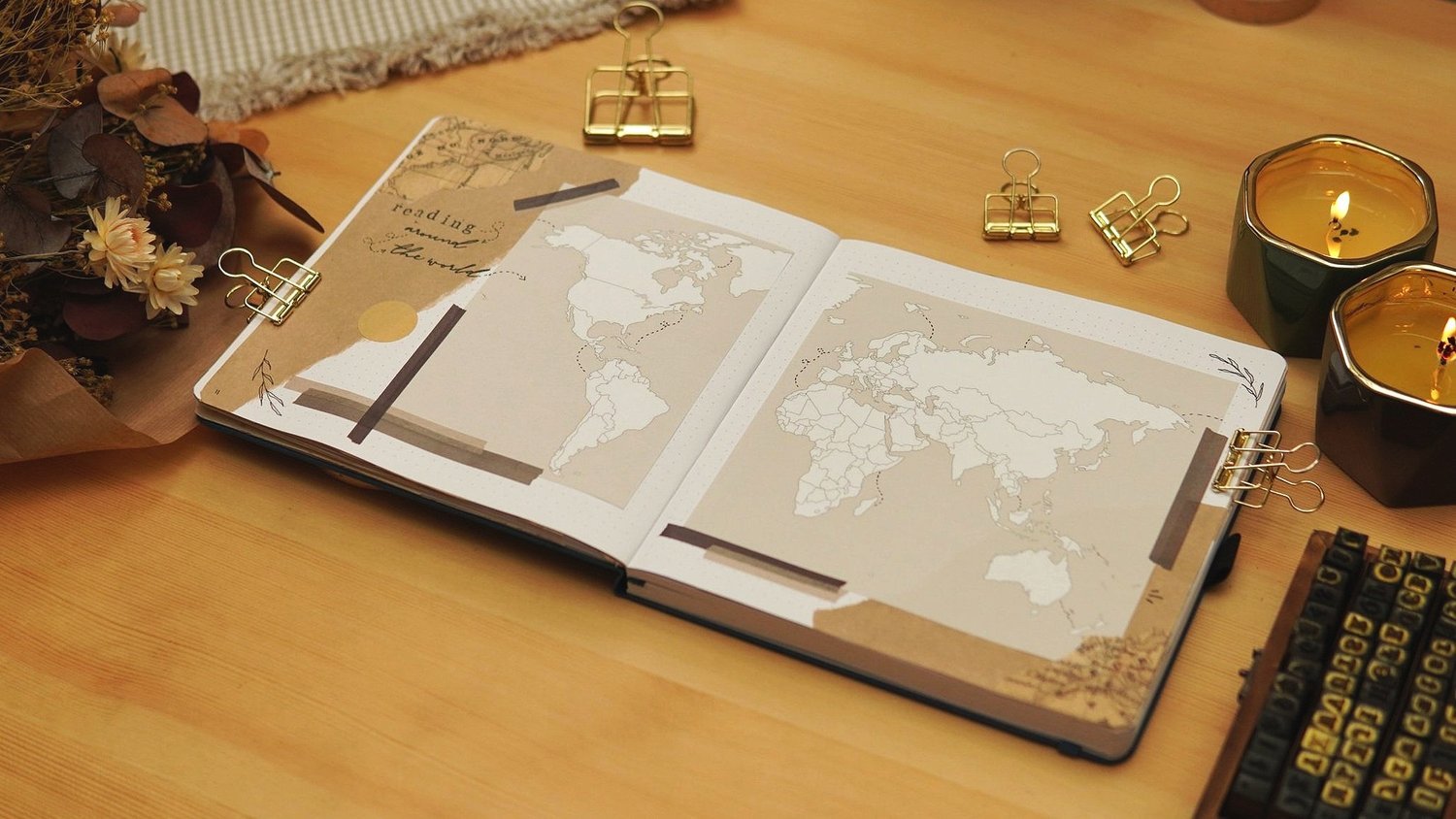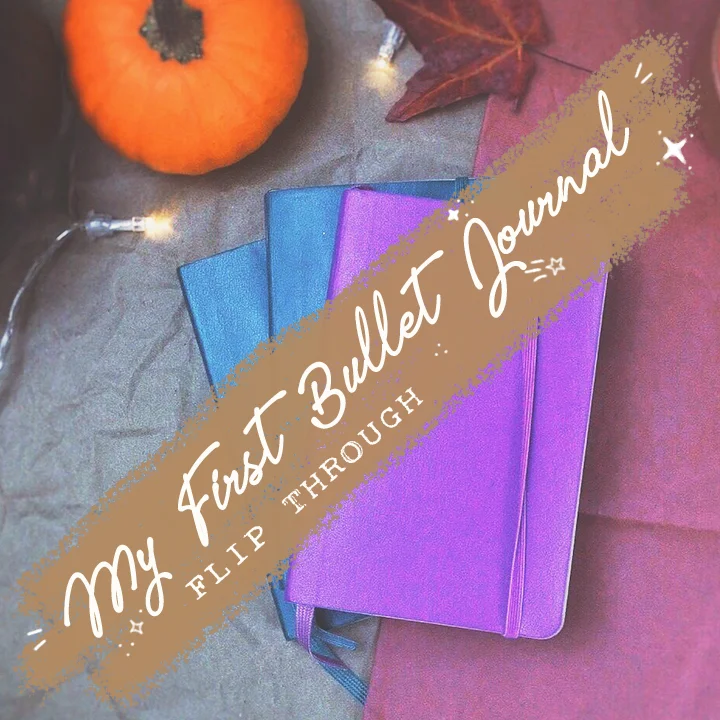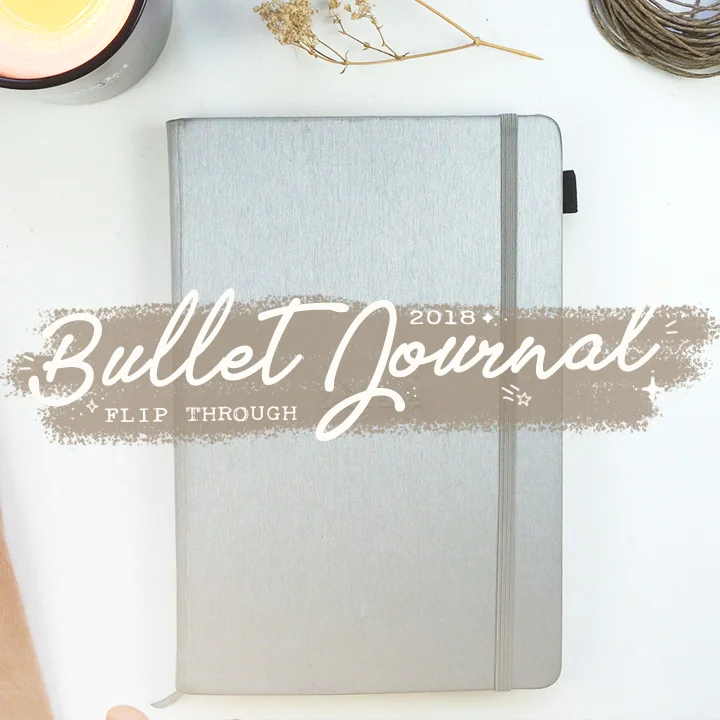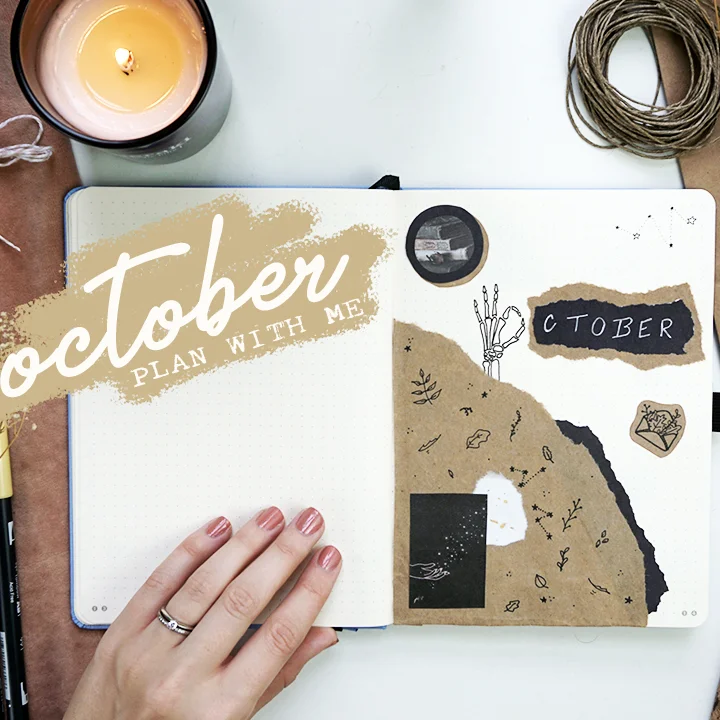Say No To Fur (HoodLamb Vegan Coat Unboxing!)
I've never been a big fan of winter, but since going vegan I find the Canadian winters even more difficult to bear. As soon as the temperature starts to drop the winter gear comes out in full force, and that means that almost every person is wearing fur. Before going vegan I owned coats with fur trim and never thought anything of it. I was told that it was natural, that it was the perfect material to keep warm, that it was normal. And I never thought to question it. Now I know better, and every bit of fur I see feels like a punch in the stomach. We no longer NEED to wear fur to keep warm, so why continue to inflict unnecessary suffering? Let's turn over a new leaf and say no to fur in 2016.
For some, simply fully accepting the fact that fur is the skin and hair of an animal killed solely for that purpose is enough to change their ways. But unfortunately, most of us have been so brainwashed by our society that even that fact makes zero impact. I refuse to believe that we are past the point of no return, however. Here are 10 facts about fur that should make you squirm, get sad, get angry, and make a change:
ONE More than 50 million animals are abused and slaughtered each year for their fur. This includes rabbits, foxes, minks, cats, and dogs.
TWO 85% of fur comes from animals on fur farms where they are crammed into tiny, filthy wire cages for the entirety of their short, miserable lives. Cages full of animals are thrown to the ground, often breaking their bones.
THREE China is the world's largest fur exporter. There are no laws in China to prevent the abuse of animals on fur farms. Innocent animals are stunned by having their heads clubbed or slammed against the ground, often regaining consciousness as they are skinned alive.
FOUR In Europe and North America, animals are electrocuted genitally or anally to avoid damaging valuable "product" - their fur.
FIVE Buying fur supports an industry that slaughters cats and dogs in the millions each year. In China more than 2 million cats and dogs are killed annually and their fur is sold around the world, including in Canada and the US, intentionally mislabelled as the fur of "less loved" animals or even as faux-fur.
SIX Fur farms are bad for our planet. Fur causes ozone layer depletion, soil and water pollution, and toxic emissions 2 to 28 times greater than other textiles. Each and every year the average Canadian fur farm produces around 240,000 kilograms of manure and requires 600,000 kilograms of feed. The runoff of manure from these facilities is a major threat to soil and water quality, according to the David Suzuki Foundation - affecting humans and wildlife alike: “[t]he Department of Agriculture, the primary promoter of the fur industry, is also the primary regulator” they say. Troubling, indeed.
SEVEN Fur farms in the US are not regulated by the federal government.
EIGHT Furs are treated with toxic chemicals to prevent them from rotting in your closet. Not only is that an unsettling thought, but what are those chemicals doing to the people who are wearing the flesh and hair treated with it?
NINE Animals caught in the wild are often left in traps for days as they suffer from shock, blood loss, dehydration, starvation, frostbite, gangrene, and attacks by their predators. Once collected from the traps they are brutally killed, if not already dead.
In Canada we have many blights on our reputation for our abuse of wildlife. Tens of thousands of baby harp seals are killed by gunshot or bludgeoning with clubs tipped with metal hooks each and every year while hundred of black bears are shot or caught in traps so that their skin can be made into the hats worn by Queen Elizabeth II's Five Guards' Regiments.
TEN Many animals are skinned ALIVE. The lucky ones are clubbed over the head to induce a state of unconsciousness, but often awaken and struggle as their skin is peeled from their bodies. Bloody and in agony, they are thrown onto a pile of dying animals as they blink slowly with shock. They are left to die a slow and painful death.
I will not include pictures or videos in this post, as they are universally horrifying. I couldn't research this post and write this list without stopping to cry every few minutes due to the extreme suffering these animals experience. I truly believe that anyone who fully accepts the horrific nature of the fur industry would be unable to continue to support it financially. Sometimes words aren't enough. If this list hasn't moved you to change I suggest you watch this video (at the bottom of the article). It is graphic. But if tens of millions of animals can go through this hell each and every year, we can at least be honest with ourselves about what we are doing to them. If you buy fur, it's the very least you can do.
Maybe you're convinced that you should cease to support the fur industry. How will you stay warm without fur (and leather, down, and wool) this winter?
Easy. There are more vegan winter-wear options every year, and the technology is rapidly improving! I suggest looking into Vaute or HoodLamb as a start for a warm and stylish coat that is 100% cruelty free!
I decided to buy a HoodLamb coat myself, as The Toronto Hemp Company carries them and I could try it on. I made an unboxing video for the coat which you can watch below!
The weather has been all over the place so far this winter, but on the coldest days this coat has kept me toasty warm! I'll do a review at the end of this winter with my impression of the coat over the long term.
Until next time, keep it fur-free!
If you have a vegan winter coat let me know what you think of it in the comments below!
If you liked this post you may also like... Should You Get Rid Of All Your Leather Now That You're Vegan?
S O U R C E S
http://www.peta.org/issues/animals-used-for-clothing/fur/
http://www.humanesociety.org/issues/fur_fashion/?credit=web_id86162647
http://www.peta.org/features/nine-shocking-fur-facts/
http://features.peta.org/ChineseFurFarms/
http://www.lcanimal.org/index.php/campaigns/fur/fur-trade-facts
http://furbearerdefenders.com/environmental-impacts/environmental-impact-from-fur-farms
http://www.humanesociety.org/assets/pdfs/fur/field-guide-on-real-vs-fake-fur-final.pdf































